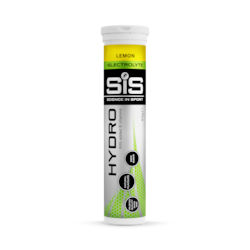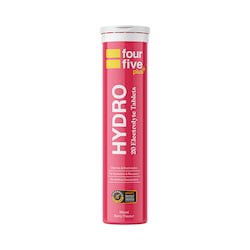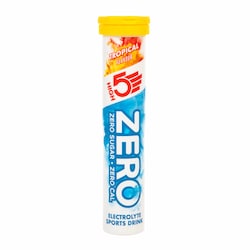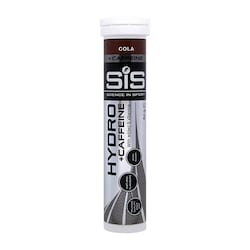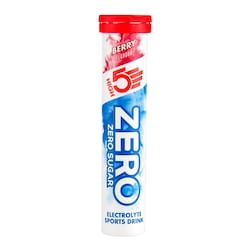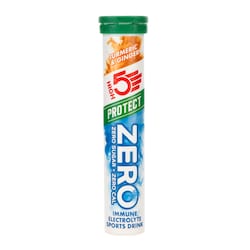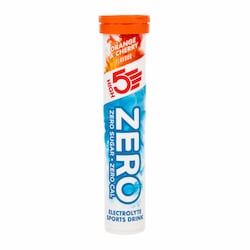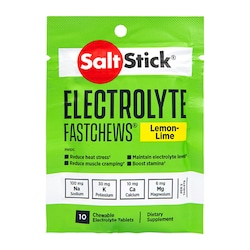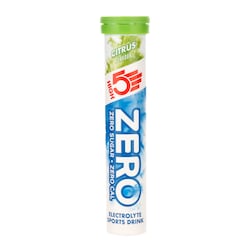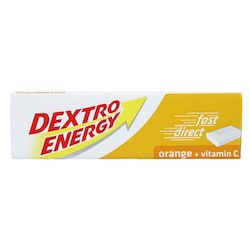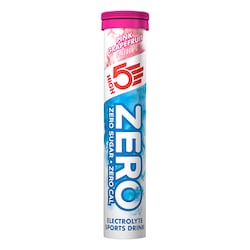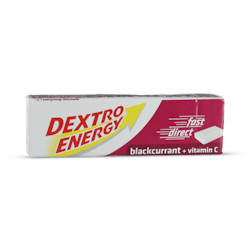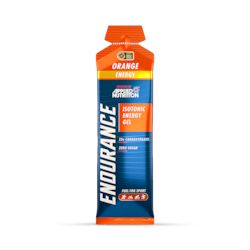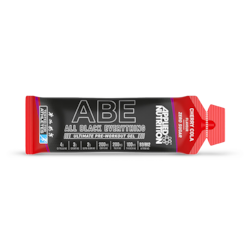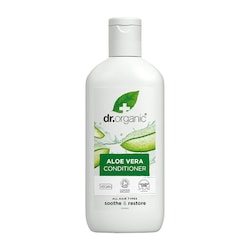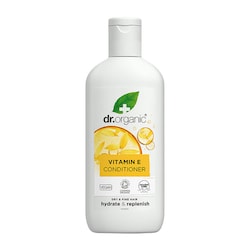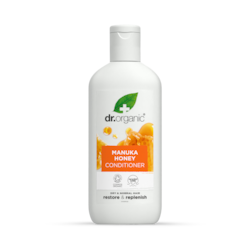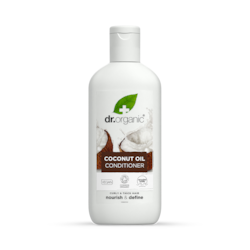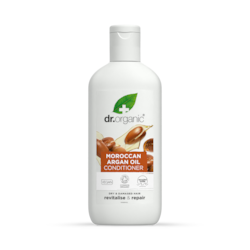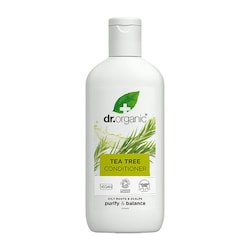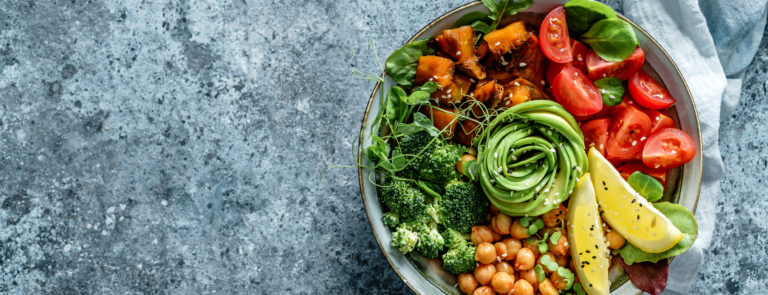15% off £25 OR 20% off £35
Pink Himalayan salt: Benefits & uses
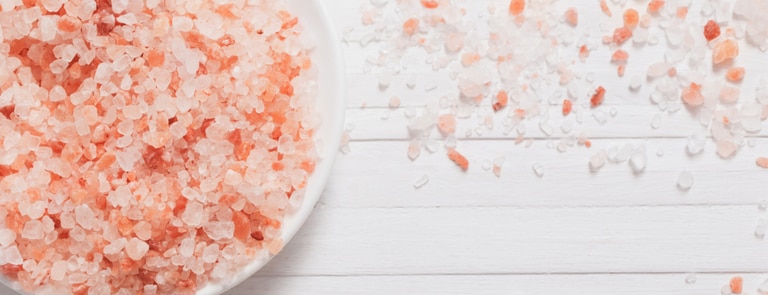
We’re guessing you’ve heard of salt and use it to cook with, but what about pink Himalayan salt? Have you heard of that?
This article explores the world of pink Himalayan salt, including what it is, what it’s used for and the benefits of using it. We hope you find it useful.
What is Himalayan salt?
Pink Himalayan salt is a type of salt that hails from Pakistan.
As the name suggests, unlike sea salt, which is white, it’s pink in colour.
This particular salt is appealing on two different levels – a) the light pink colour and b) the fact it’s reportedly more nutritious than sea salt.1
Mined from the Salt Range mountains in the Punjab region of Pakistan, pink Himalayan salt is a rock salt that’s formed by salt deposits that were formed when the Indian tectonic plate collided with the Eurasian plate.
The deposits were pushed up as the Himalayan mountain range formed. In contrast, sea salt is formed by seawater evaporation.
Himalayan salt can be bought in many forms, including large rocks, blocks, plates, crystals, and coarsely and finely ground particles, and can be used instead of sea salt.2
What is special about Himalayan salt?
Generally speaking, table salt is classed as being standard salt and pink Himalayan salt is classed as being that bit more special. But why is that?
First of all, Himalayan salt has been mined and used for food preparation and preservation for centuries, since at least the 1200s.
It’s not uncommon for Himalayan pink salt to be referred to as Jurassic sea salt, but it’s actually been around much longer than that.3
Its special and highly attractive pink colour is down to trace minerals that are naturally present within the salt crystals. Interestingly, the finer the salt, the lighter shade of pink it is.
As for the trace minerals, Himalayan pink salt reportedly contains more than 80 minerals that aren’t found in regular salt.
Traces of potassium, calcium, magnesium, iodine, iron, and zinc and more can reportedly be found in pink salt, which aren’t present in sea salt.
Because of this, it’s believed to be healthier than your everyday white salt.4
Summary
- Pink Himalayan salt is a type of salt that hails from Pakistan
- It’s mined from salt found on the Himalayan mountain range
- It reportedly contains more than 80 trace minerals
Why is Himalayan salt bad for you?
Himalayan pink salt is still salt at the end of the day, regardless of if it’s been mined rather than created by the sea.
This means that it carries the same risks as sea salt and eating too much of it can lead to high blood pressure, which can increase the risk of developing heart disease or having a stroke.5
According to the NHS, adults should eat no more than 6g of salt a day. Babies should eat minimal salt because their kidneys haven’t developed enough to process it.
Meanwhile, children aged between 1 and 3 should eat no more than 2g a day; between 4 and 6 no more than 3g a day; between 7 and 10 no more than 5g a day and 11-years-old and over, no more than 6g a day.
People who already have high blood pressure or are allergic to salt should seek guidance from their GP or other medical professional.
If you are unsure if you have a salt allergy, carry out a patch test on your skin before eating any.
If you develop a rash, swelling or other form of allergic reaction, stop using Himalayan salt and speak to your doctor.6
Meanwhile, it’s unclear if Himalayan salt is healthy for pregnant women or not.
Because it’s low in iodine, it may lead to unborn babies developing an iodine deficiency.
The same deficiency can also be passed on to new-born babies who are being breastfed. If you are pregnant or breastfeeding, check with your GP if it’s safe for you to consume Himalayan pink salt.
Summary
-
Himalayan pink salt poses the same risks as sea salt
-
For instance, eating too much of it can lead to high blood pressure, which can increase the risk of developing heart disease or having a stroke
-
Adults should eat no more than 6g a day and children between 2g and 6g, depending on their age
Is Himalayan pink salt good for you?
When eaten in moderation, Himalayan pink salt has minimal health implications and is associated with numerous health benefits, which we cover a bit further on down in this article.
However, because it is such a rich source of sodium and chlorine, eating too much of it can be harmful. We’ve listed some of the main common side effects below:
9 Himalayan pink salt side effects
Eating lots of Himalayan pink salt can result in:
- Excess chlorine levels - Consuming a lot of Himalayan pink salt can increase acidity in the body by causing hypochloraemia. This can lead to dehydration and also kidney failure. It can also create complications for people with diabetes.
- Reduced iodine levels – Unlike sea salt, Himalayan pink salt doesn’t contain an iodine. Constantly using Himalayan salt and not eating dairy, seafood or table salt can lead to an iodine deficiency.
- Excess sodium levels - Himalayan pink salt contains sodium chloride, which may cause health issues if too much of it is consumed. It can lead to electrolyte imbalance and excessive dehydration. It can also interfere with our pulse rate and lead to increased blood pressure.
Meanwhile, eating too much Himalayan pink salt can also cause the following side effects too:
- Dehydration
- Blood sugar level imbalance
- Kidney problems
- Hormone imbalance
- Elevated diabetes
- High blood pressure
Summary
- When eaten in moderation, Himalayan pink salt has minimal health implications
- However, excess levels can lead to excess chlorine and sodium and reduced iodine levels
- It can also cause other side effects, including dehydration, blood sugar imbalance and kidney problems
What are the benefits of Himalayan salt?
As we’ve mentioned a bit further up, Himalayan pink salt has been linked to numerous health benefits; some of which are centuries old, but many of which are yet to be proven by research.
We’ve listed 9 of them down below:7
-
Mineral make-up
Himalayan pink salt is packed full of 84 essential trace elements that are required for every day health.
In comparison, sea salt contains bits of 72 particles, which is why pink salt is widely associated with being more nutritious than sea salt.8
-
Sodium chloride
Salt, which is a form of sodium chloride, is essential for everyday health.
It helps the body regulate blood pressure, supports nerve function and helps cells work so they keep organs healthy.9
-
Reducing acidity
Acidity is caused by gas that forms in the stomach and poor digestion.
Himalayan salt is an anti-oxidant that clears the digestive tract and eases the formation of gas.
It not only relieves gas and acidity, but also cures indigestion.
-
Boosting appetite
The ant-oxidants in Himalayan salt help clear the digestive tract of toxins, making the digestion process easier.
It also means food is properly digested in time for the next meal. In turn, it can help reduce the loss of appetite.
-
Weight loss
Himalayan salt reactivates the insulin that reduces sugar cravings.
As the sugar intake reduces, fat accumulation reduces, which means Himalayan salt make help with obesity and weight loss in general.
-
Throat infections
Due to its anti-inflammatory properties, Himalayan salt can help reduce any swelling in the throat, that’s caused by throat infections.
When dissolved with warm water and gargled, the salt helps calm the swelling and soothes any burning.
-
Asthma
The anti-inflammatory and anti-bacterial properties in Himalayan pink salt can reportedly help reduce the burning sensation in the neck that’s caused by asthma.
It may also help clear the respiratory tract, easing the main symptoms of asthma in the process.
-
Joint pain
Due to its anti-inflammatory qualities, Himalayan salt can help reduce joint inflammation and also reduce any associated stiffness and pain.
-
Skin
Himalayan salt is frequently used by people to bathe in because of the soothing effect it can have on the skin.
It also helps remove any dryness while Himalayan salt crystals can be used as an exfoliator due to their rough texture.
6 Himalayan salt uses
In addition to potentially boosting our health, Himalayan pink salt can be used in lots of different ways, including these:
-
Himalayan salt for cooking
You can use Himalayan pink salt in exactly the same way you do sea salt – you can use it in cooking and for food prep.
You can use finely ground pink salt or Himalayan rock salt, which is more coarse, and is better for rubbing on meat or sprinkling over veg.
It’s also possible to cook and serve food on Himalayan salt blocks that are good at retaining heat.10
-
Himalayan salt bath
We’ve mentioned this in the benefits above, but it’s worth mentioning again, as Himalayan salt baths are a popular thing, just as popular as Epsom salt baths!
Simply pour ½ to 1 teaspoon of pink salt into your bath.
You can also grab some Himalayan rock crystals and use them as a exfoliator, but be careful not to scrub your skin too hard.11
-
Teeth cleaning
Himalayan pink salt can be used to whiten teeth and reduce gum swelling and toothache
- Add ½ a teaspoon of Himalayan salt to 1 teaspoon of Triphala powder and ½ teaspoon of mustard oil
- Mix the ingredients well to form a paste
- Brush your teeth and gums with the paste and rinse with water12
-
Foot soak
If you don’t fancy bathing in Himalayan salt, you can always soak your feet in it, which can help relieve any discomfort after a long and tiring day.
Add 1/8 cup of Himalayan salt to every gallon of water and soak for as long as you like.13
-
Facial spray
Refresh your face, especially in hot weather, with a DIY Himalayan pink salt facial spray. Ensure to hold the spray 20cm away from the face when spritzing and avoid direct contact with eyes.
- In an 8oz spray bottle, mix 1 tbsp of pink Himalayan salt, with 1tsp magnesium flakes and a cup of warm distilled water
- Add 3 to 5 drops essential oil such as lavender, mint or eucalyptus
- Spritz away as required!14
-
Exfoliator
Himalayan rock crystals make a great exfoliator.
- Combine 1 cup of fine or medium-grain pink Himalayan salt with ¼ cup olive oil and 10 drops of essential oil
- Wet your skin
- Gently apply the scrub in circular motions to remove any dead skin cells15
Summary
-
Numerous health benefits have been linked to Himalayan pink salt, ranging from reducing acidity, improving appetite and weight loss, to easing joint pain and soothing skin
-
Its wide used for cooking and food preservation
-
It can also be used for lots of beauty purposes too, including teeth whitening and exfoliation
Takeaway
Himalayan pink salt is visually more appealing than sea salt and may help boost our health in numerous ways, many of which are yet to be proven by scientific research.
Where possible, because it is still salt, enjoy it in moderation and be mindful of the impact excess salt levels can potentially have on your health.
Last updated: 21 September 2021
- https://www.verywellfit.com/himalayan-pink-salt-4587779
- https://www.souschef.co.uk/blogs/the-bureau-of-taste/what-s-so-special-about-himalayan-salt
- https://www.verywellfit.com/himalayan-pink-salt-4587779
- https://www.bulletproof.com/diet/superfoods/is-pink-himalayan-salt-toxic/
- https://www.nhs.uk/live-well/eat-well/salt-nutrition/
- https://nirogstreet.com/blog/herbs/himalayan-salt-health-benefits
- https://nirogstreet.com/blog/herbs/himalayan-salt-health-benefits
- https://www.thehealthy.com/food/pink-himalayan-salt-vs-sea-salt/
- https://www.thehealthy.com/food/pink-himalayan-salt-vs-sea-salt/
- https://www.verywellfit.com/himalayan-pink-salt-4587779#how-to-use-pink-salt
- https://nirogstreet.com/blog/herbs/himalayan-salt-health-benefits
- https://nirogstreet.com/blog/herbs/himalayan-salt-health-benefits
- https://www.prevention.com/health/a26718702/himalayan-pink-salt-benefits/
- https://www.prevention.com/health/a26718702/himalayan-pink-salt-benefits/
- https://www.prevention.com/health/a26718702/himalayan-pink-salt-benefits/



